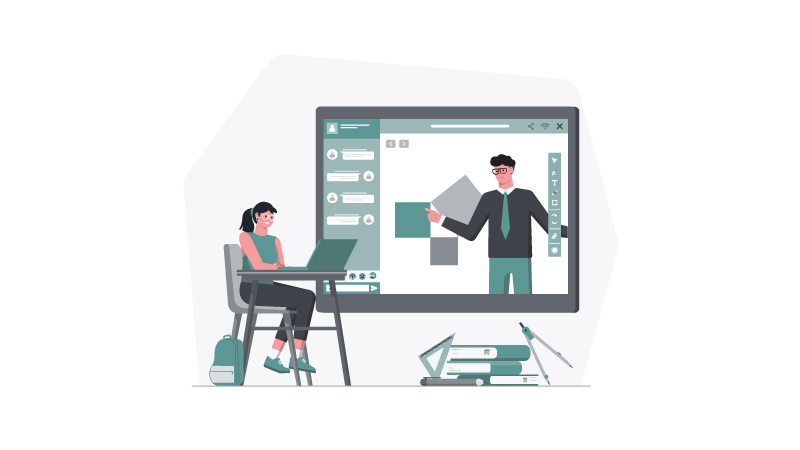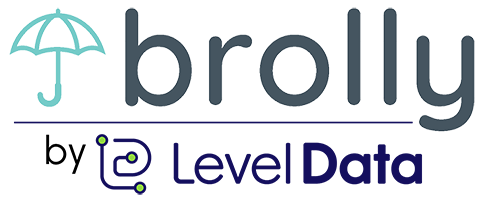4 Tips for Effective Remote Special Education Services

Review Student IEPs
Before scheduling services or grouping students, review the IEP goals, service minutes and specially designed instruction for each of the students on your caseload.
The IEP goals and service minutes will help drive your instruction and lesson planning. The specially designed instruction section of the IEP will help you to help determine if a student’s special education service(s) can be given in a small group or individually.
Tip #2
Set a Schedule
Once you have reviewed your students’ IEPs, it’s time to set a schedule. Communicating and working with general education teachers, other special education service providers and parents is key to figuring out a student’s service schedule and prevents double booking students.
Once you have determined a service schedule for your students, it’s important to be consistent, but flexible. Also determine if you can set up some time during the week for “open office hours” for students and parents to get additional instructional support and to interact with you. The students may like logging on and working on assignments with you “there.”
Questions to think about:
Is there a daily general education virtual schedule already in place that aligns with your previous daily schedule?
– If so, can you tweak your previous service schedule to provide services virtually?
Are there other special education service providers (i.e. speech and language pathologist) who also need to schedule service time?
– What is their service schedule?
– Are the only providing services on specific days or times?
– If so, have the parents or guardians indicated a better time or day that would work best for their child?
Tip #3
Lesson Planning
Lesson plans do not need to be complex but try to get creative and make them interactive. There are a lot of resources available online (and more and more are free) that you can be used to support instruction, but they should be an addition to not a replacement of instruction and service time.
Think about what tools you can use in the virtual environment when building/developing your lesson plans. Utilize the interactive features in the virtual communication platform (i.e. Zoom, Skype) and/or learning management system (i.e. Canvas). Or, use presentation software such as PowerPoint or Prezi during your lessons provide visuals that you can post later or send to students.
Another aspect to think about when lesson planning is progress monitoring. Assessing and tracking progress towards IEP goals should be incorporated into your service lesson plans and service schedule. Think about how you can complete the progress monitoring assessment virtually? If it is not possible virtually then you may need to find an alternative method of progress monitoring and possibly amend the IEP to reflect this change. Tracking or documenting your service time and service outcomes should also be taken into consideration. Using online tools such as the Brolly is a great way to track the service minutes and outcomes you provide to students on your caseload.
For more information on using Zoom to conduct instruction or service time remotely, check out 9 Tips for a Good Distance Learning Lesson Using Zoom.
Tip #4
Balance, Consistency and Flexibility
Students with disabilities crave structure, routines
and consistency.
You may need to develop new routines for the virtual environment. A good starting point is to create routines within your lesson plans and instruction. This will help students understand what is expected of them when they meet with you for services. Keeping things consistent during

